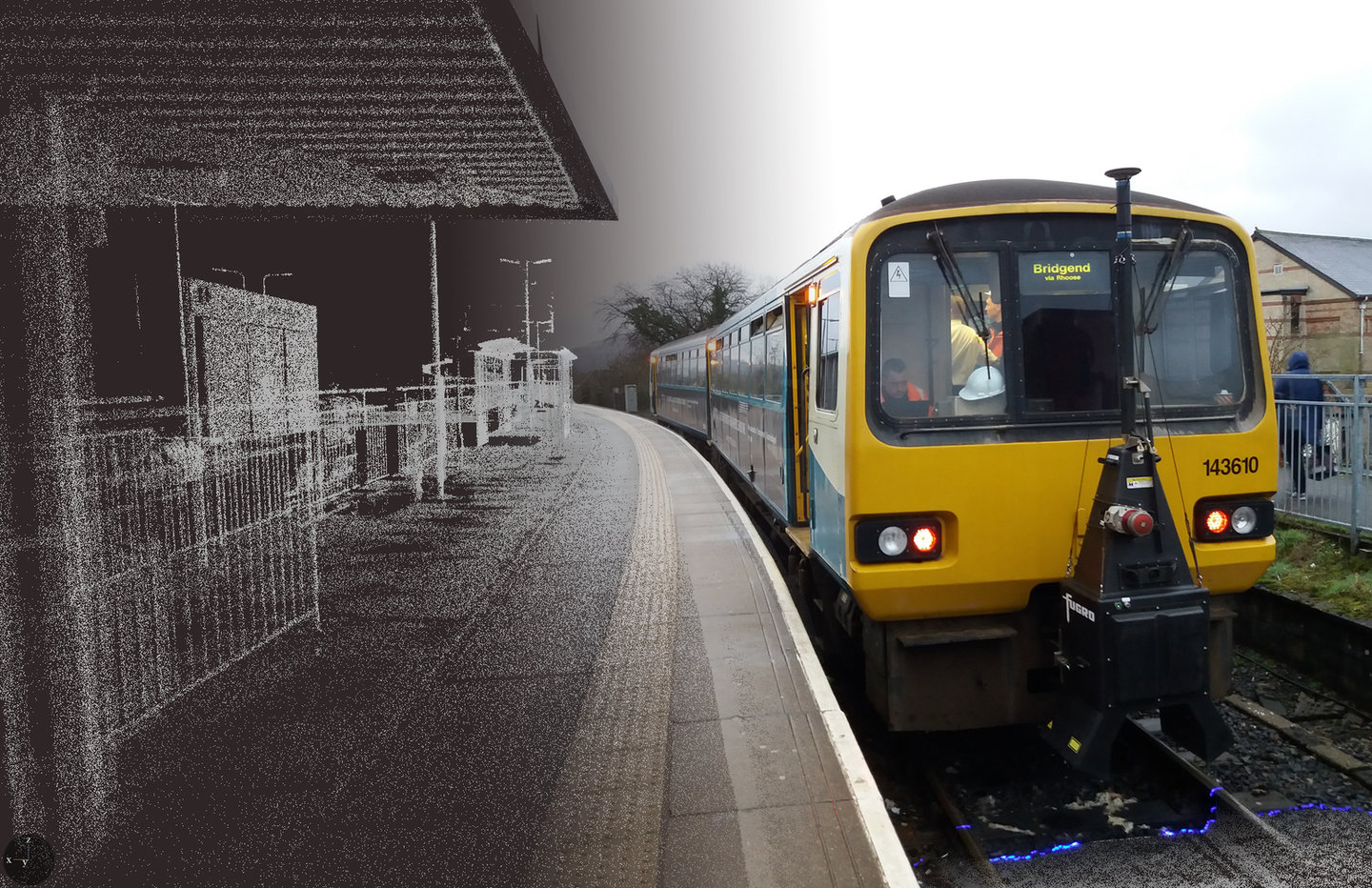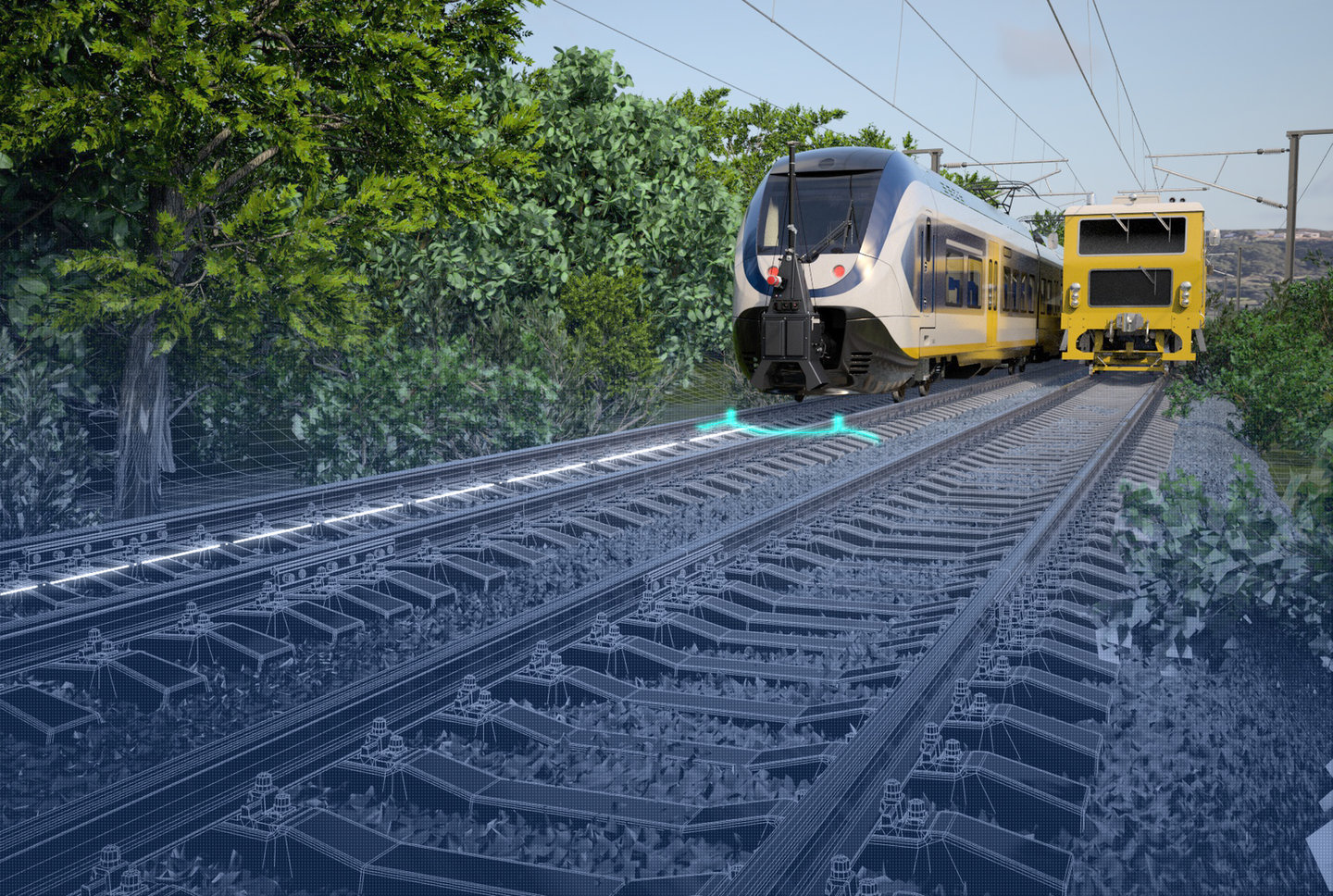All Images: Virgin Hyperloop
Environment
Extreme weather: learning the lessons from a heatwave
Following the hottest summer on record, Mark Thomas, rail business manager at Fugro, looks at what the rail industry can be doing to better prepare itself for extreme weather.
Antonio Colla, global railway marketing & sales manager at ABB
A quick glance at the news is all it takes to see the impact of climate change. From flooding that has bulldozed its way through towns and villages worldwide, to wildfires that have turned family homes into ashes.
In Europe this past summer we experienced an extreme heatwave with temperatures in the UK hitting over 41 degrees Celsius, and subsequent droughts have shown the real and very dangerous trajectory we are on; highlighting the pressing need to rethink business as usual and strive for more sustainable ways of working, living, and moving.
Today, the transportation sector is undergoing a significant transformation in a bid to be more sustainable. We’ve seen car manufacturers embrace electricity and airlines committing billions to become carbon neutral over the next couple of decades.
But still, the most sustainable form of transportation is by train. In fact, the European Environment Agency’s Transport and Environment report highlighted that, outside of walking and cycling, rail travel is the best and most environmentally friendly mode of transport.
Despite being the most sustainable form of mass transport, the rail industry is not immune to the impact of extreme weather. As these severe weather events become more frequent, the chances are that we will see increased disruption to rail services, which may lead to users turning to less sustainable but more resilient forms of transport.
Different weather extremes, exacerbated by climate change, impact different parts of the rail network which cause major disruptions to passengers and infrastructure.
So, with the risk of flooding, snow, wind, and high temperatures expected to continue, what can the rail sector do to improve its resilience?
Erratic UK temperatures
The hottest recorded railway track reached a temperature of 62 degrees Celsius during the July 2022 heatwave. Whilst heat itself is not an issue for the rail industry globally, with services running in far hotter conditions across the world, it is the range of temperatures, from -22 to +40 in the UK that pose the biggest threat of disruption to the industry.
Tracks are designed to cope with thermal expansion and contraction as it gets hotter or colder, but when this happens in quick succession and over an ever-widening range of temperatures, problems arise. In abnormally high temperatures we could see the track buckle, whilst in extremely cold weather, the rail could snap. Similarly, erratic temperatures can also impact overhead electrification lines. Extreme heat can potentially cause too much slack in the wires or conversely they can be too taut in cold weather.
Fortunately, there are a number of tools and techniques for the industry to use. Whilst some sections of a railway line may benefit from being painted white to reflect the heat, this is often a manual and extremely time-consuming task as it needs to be repeated on an ongoing basis. However, a key component of a railway armoury when it comes to ensuring the tracks remain in place is the ballast.
If correctly maintained, the ballast can reduce movement from rail expansion and contraction. Previously we relied on manual visual inspections to check ballast quantities around the network but now technology such as lidar can be implemented to check ballast volumes and calculate the tonnages needed to bring the ballast profile up to standard.
In addition, the installation of internet of things devices can enable real-time analysis of temperatures across the network, helping to pinpoint vulnerable areas in advance. This can help rail operators put speed restrictions in place to reduce the likelihood of derailment should the track start to buckle.

Heavy rainfall
From flooding to landslides, rain can be one of the most disruptive and destructive forms of weather and cause significant damage to railway infrastructure. This is especially the case after a dry spell. Often hard, dry ground is unable to soak up water and excess runoff can result in trackside materials being washed away.
What’s more, a spell of heavy rainfall that doesn’t drain away can cause havoc to track systems and supporting materials. In the shorter term, flooding can damage trackside signalling and communication systems and disrupt electrical supplies to contact systems. In the longer term, the impact of running trains on saturated ballast and subgrade is often overlooked.
Put simply, saturated trackbed material can’t deal with the repeated stresses induced by vehicle loading and suffers irreversible fatigue damage which reduces their operational life
Whilst accurate long-term forecasting of rainfall remains a challenge, today, the impact of rainfall can be modelled better thanks to advancements in technology. For example, using remote sensing and aerial mapping data, it is now possible to get a detailed, understanding of topography and drainage patterns around the railway.
The vast quantity of water generated in a flooding event generally aggregates well outside the railway boundary, so it's critically important to have a detailed understanding of drainage patterns on land surrounding the railway to allow the most effective precautionary projects to be designed.
When things did start to pick up, when the lockdown was relaxed, the trains were fantastic

Wild Winds
During high-speed wind there is potential for damage to overhead lines and tracks as debris, such as fallen trees, can cause blockages.
However, whilst these are the things that will capture the headlines, it is can be smaller debris, such as small branches, twigs, and leaves, which cause more widespread disruption. A simple twig stuck in the overhead line equipment can result in electricity being switched off whilst it is retrieved. Leaves can cause adhesion and traction issues, which is hazardous for trains moving at speed.
Much like managing heavy rainfall, knowledge and careful management of the ecosystem surrounding the railway is key to ensuring that heavy winds cause less disruption to passengers’ journeys.
Utilising aerial mapping, it is possible to correctly map, zone, and predict where areas may need more supervision. What’s more, the technology available today allows for better management of green estate; helping it identify the type of tree, and its individual risks such as distance from the track and trunk inclination; ultimately delivering a risk-based management approach.
Train travel is going to become even more critical as much of the UK looks at greener solutions to get people and goods from A to B. What’s more, with climate change showing that mother nature knows no bounds, it is imperative for the industry to embrace technological solutions in order to improve and maintain its reliability and resilience.
With today's ‘just in time’ logistics and ‘on demand’ culture, a punctual railway will be key to delivering the modal shift needed to drive our lower carbon future and create a safe and liveable world.
For travel and tourism industry data, comment and analysis, visit GlobalData's Tourism Intelligence Centre.
Main Image: Marian Pufahl